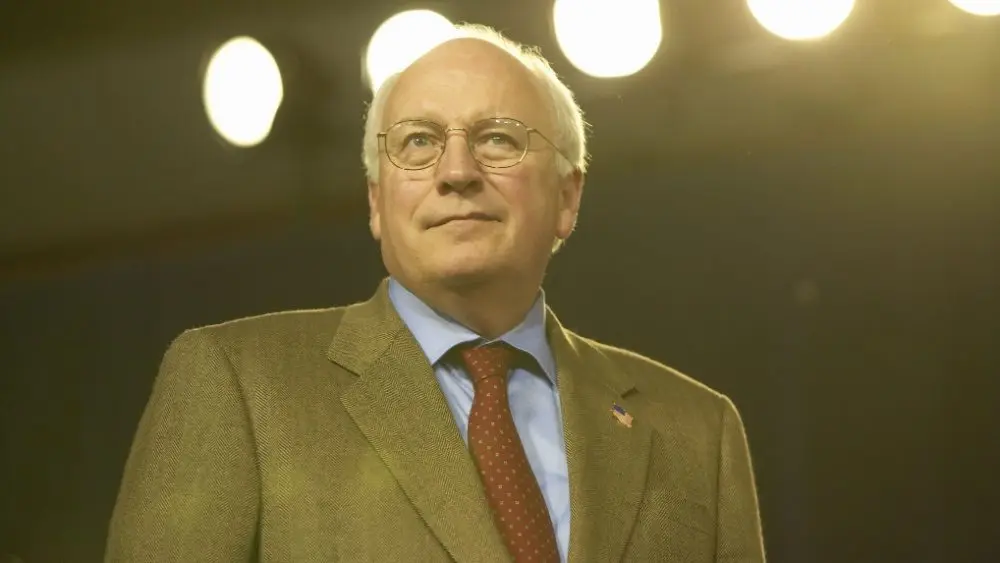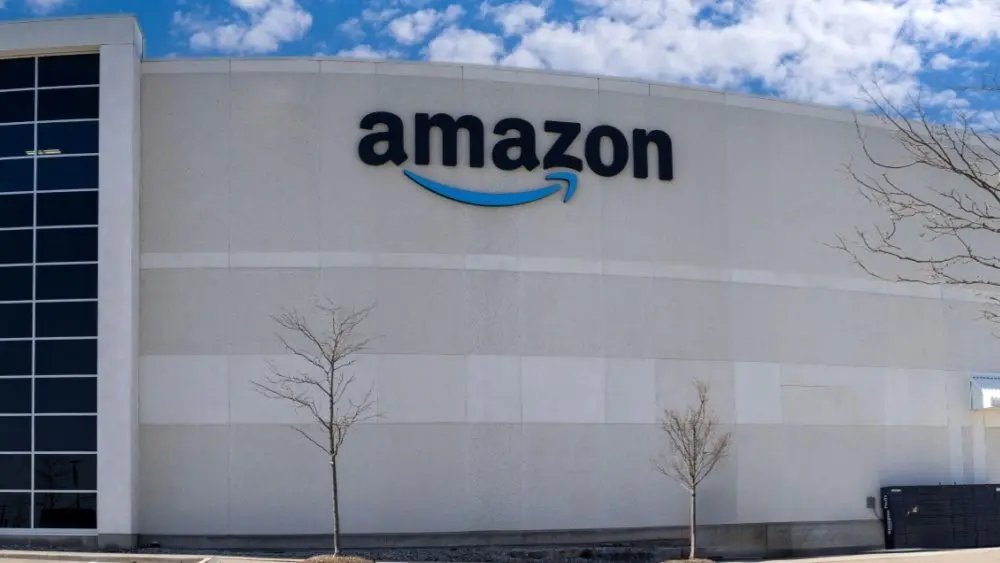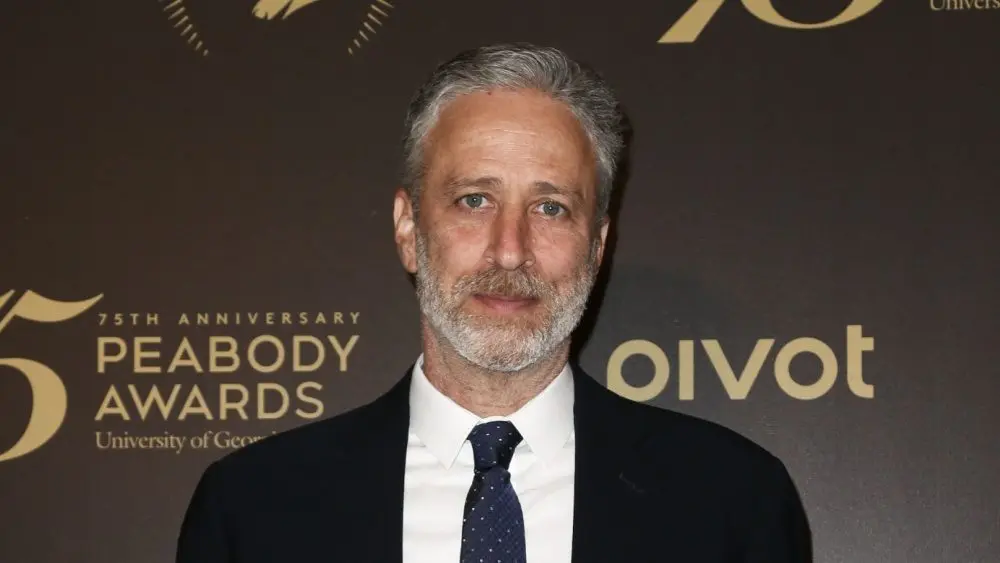By the Associated Press and KFDI News:
Democratic governor Laura Kelly has slowed down the reopening of Kansas’ economy.
Kelly on Thursday ordered bars and bowling alleys to remain closed through the end of the month and plans to keep some coronavirus-inspired restrictions in place until near the end of June.
Kelly’s new order takes effect Monday and is likely to stir strong opposition in the Republican-controlled Legislature. A limit on public gatherings of 10 or fewer people will remain in place, rather than being increased to 30 on Monday.
Kelly is allowing barbershops and hair and nail salons to reopen as planned but limiting them to appointments only.
The governor is calling the plan Phase 1.5:
- Mass gatherings of more than 10 individuals continue to be prohibited;
- Nail salons, barber shops, hair salons, tanning salons, tattoo parlors and other personal service businesses where close contact cannot be avoided may open, but only for pre-scheduled appointments or online check-in;
- Fitness centers and health clubs may open, but in-person group classes may not occur and locker rooms must be closed except as necessary to use restroom facilities.
- In-person commencement or graduation ceremonies may occur with no more than 10 individuals in a room, gymnasium, or facility at one time as long as 6-foot social distancing is maintained. Outdoor drive-through graduation ceremonies during which no more than 10 individuals are in the same area outside of their vehicles at a time (i.e. school administration, graduate, family members, etc.) are allowed.
Under Phase 1.5, the following, unless they are repurposed for use in an essential function under the Kansas Essential Function Framework, shall remain closed to the public:
- Bars and night clubs, excluding already operating curbside and carryout services;
- Non-tribal Casinos;
- Theaters, museums, and other indoor leisure spaces (trampoline parks, arcades, etc.);
- Community centers;
- Outdoor and indoor large entertainment venues with capacity of 2,000 or more;
- Fairs, festivals, carnivals, parades;
- Swimming pools (other than backyard pools);
- Organized sports facilities, sports tournaments, sports games, and sports practices; and
- Summer camps.






